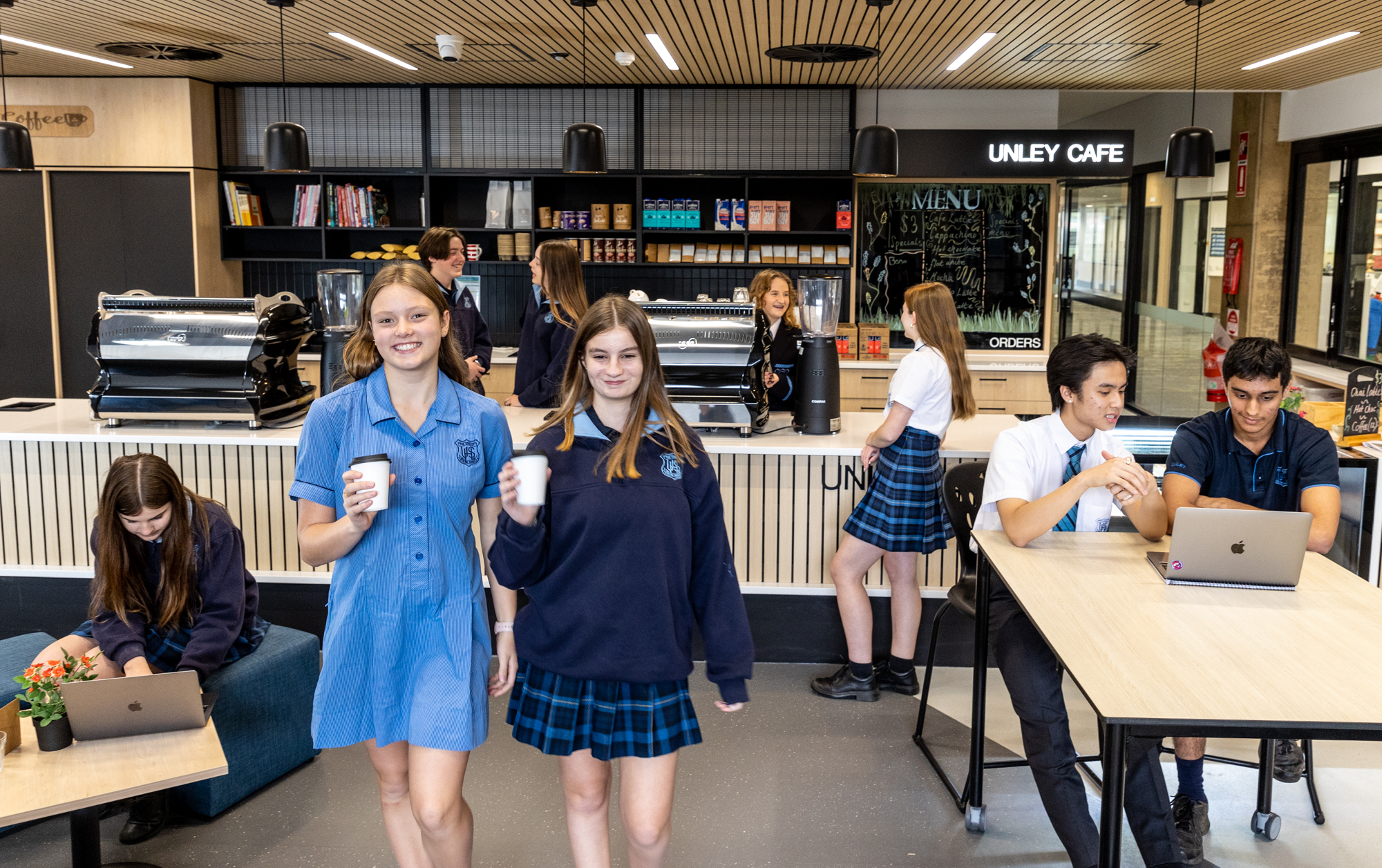Commonly Asked Questions
Can anyone at school do one of these courses?
Students must be starting Year 11 or 12 in the year they intend to do a VET course so all Year 10 students are encouraged to look at their VET options for the following year. The school will support the VET application for any student who has shown a genuine interest in working in that VET industry.
What is a FIP?
Flexible Industry Program (FIP) courses are full qualifications that are subsidised by the Government of South Australia.To be eligible for subsidised training in a FIP course, you must be either an Australian citizen, permanent resident or an eligible VISA holder. You must also be in Year 11 to 13, studying SACE or equivalent, and 16 years old or turning 16 during Year 11. As part of the new Department for Education VET for Schools policy, all students wishing to undertake a FIP course, need to undergo the VET Readiness Orientation (VETRO) process which includes an Upfront Assessment of Need (UAN), Induction and Orientation to VET.
The Department for Education has identified the Flexible Industry Pathways in which they offer subsidies to students to complete qualifications in areas considered to be strategically important to the economy in terms of job growth and skills shortages.
The FIPs available for delivery to students in 2026 include:
Are there courses that I can do that are not listed on the ‘VET Options 2026’ Google Classroom?
Yes, but every FIP course that students have done over the past few years has been listed. Some FIP courses can be restrictive – eg the level (Cert 1 or 2 only), location (Whyalla for aquaculture). Have a conversation with Mr Clancy to discuss courses not listed.
Course offered on-site at Unley High School
Certificate 2 in Cookery – Adelaide Institute of Hospitality
Stage 1 Credits: 55
Course Length: one semester (one day a week, on-site at Unley High School)
Industry Work Placement: 45 hours
Enjoy learning the fundamentals through a course that is tactile, boundary pushing and, quite frankly, delicious. Completing the course will allow you to use a defined range of kitchen skills to prepare menu items. You will be given plenty of chances to practice your cooking, with most classes giving you a hands-on taste of making a dish.
You will gain insight into what it means to be a chef. Perhaps your passion may lie in particular cuisines, or even courses. Sweet or savoury – we will work together to find what you enjoy the most.
Many career pathways can result from this qualification, which will allow you to work in organisations such as restaurants, hotels, motels, pubs, cafes, cand coffee shops. AIH will support students wanting to gain employment through one of their many industry partners.
When do we need to make a decision?
The VET enrolment process will close in the first two weeks of Term 4 but most applications will be completed during Term 3.
What is a VETRO?
The VET Readiness Orientation Reports or VETRO Reports for short is required for every student wanting to do a VET course. This is done by the VET Leader at the school.
What does the school need from the student/family before the school processes the VETRO Application?
- ‘expression of interest’ form completed
- Industry experience evidence – either a report on work experience, a certificate of completion of a related course or a completed Workplace Learners Agreement Form indicating an arrangement/commitment to complete necessary work experience.
- U.S.I (Unique Student Identifier)
- Commitment to Pay form signed and returned to the school. The schools are invoiced directly from the training providers and the school then invoices the families. Without the Commitment to Pay form, we cannot proceed with the application.
What is the time commitment when doing VET?
Most VET courses are for one day a week for a year but a few courses fun for 18 months. and some of the courses require additional time to meet their work placement requirement. Some courses may have additional days towards the end of a term.
How does VET work with the school timetable?
Once the school has confirmation on the VET day, we make the necessary changes to the timetable to minimise the impact on their core subjects eg maths, english and AIF. For Year 11 students, we take students out of one subject per semester to allow students some time to complete their VET work and to catch up on any missed lessons during their VET day.
Why do the costs vary so much?
The costs of all of the courses have been significantly subsidised by the State Government. The student contribution for the same course is sometimes different depending on who the Training Provider is; however, the qualification is still the same. Some courses are more expensive to run than others which is why some courses cost more.
































